In response to this event, most localities across the country organized the digging of freshwater fish ponds, with signs solemnly bearing the words "Uncle Ho's Fish Pond" attached to the banks of ponds and lakes. And after many years of implementation, the campaign has brought many benefits as Uncle Ho instructed: "... Uncle Ho wishes that localities across the country develop fish farming to improve and enhance the economic life of each farming household, contributing to improving the life of the whole society" (President Ho Chi Minh's residence and workplace at the Presidential Palace - Hanoi, Information and Communication Publishing House - 2021).
In the President Ho Chi Minh Relic Complex at the Presidential Palace, there are many outdoor relics such as: tree gardens, mango paths, coconut trees in front of the stilt house, southern milk fruit trees, Buddha trees, and persistent banyan trees... In particular, there is Uncle Ho's Fish Pond - which has long been a familiar and beloved image in the memories of domestic and foreign tourists whenever they have the opportunity to visit the capital Hanoi and the Relic Complex at the Presidential Palace.
Uncle Ho's fish pond in the relic site was originally a stagnant pond. When it was the garden of the Governor General of Indochina, animals in the area often came here to drink water and swim on hot summer days. When he came to live and work at the Presidential Palace, Uncle Ho reminded the staff to renovate it into a fish pond to help improve meals and make the environment in the area more fresh.
After renovation and reconstruction, the pond has an open surface of over 3,300 m2, the deepest point is about 3 m. In the pond, there are many types of fish that Uncle Ho and his brothers and sisters raised such as: grass carp, common carp, bighead carp, tilapia... to be able to take advantage of the food sources of fish in different water layers.
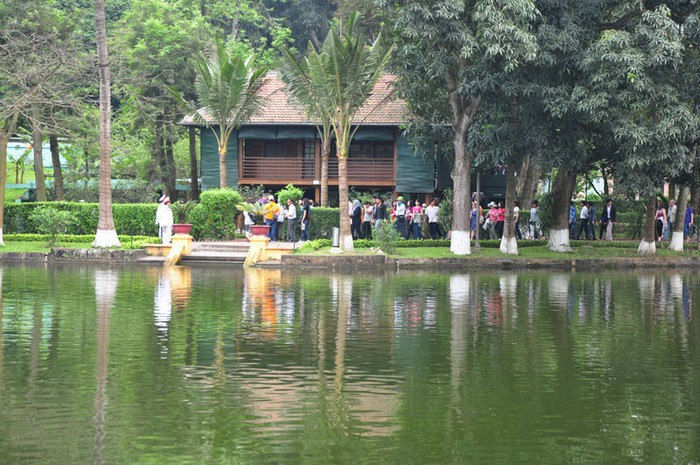
The tour guide and narrator named Huong gently told the story of Uncle Ho feeding the fish every day in a Nghe An accent. I asked her about the story of Uncle Ho clapping his hands and the fish gathering at the bridge so he could feed them; and about the times when Uncle Ho was away on business, the fish did not hear his clapping for many days, they were probably very sad, but the fish did not pay any attention to the clapping of the staff.
The tour guide smiled and “corrected”: Every day, after work in the afternoon, Uncle Ho went to the bridge in front of the stilt house to feed the fish. The fish food was mainly rice bran and leftover rice mixed together, dried by the waiters and put in a box next to the bridge. Before feeding the fish, Uncle Ho clapped his hands to call the fish, and gradually his clapping became a conditioned reflex, so when he heard his clapping, the fish swam to the bridge waiting for him to feed them. Every time there was a “fish harvest event”, Uncle Ho reminded the waiters and waitresses to share it with the departments to improve the meal.
The tour guide also added many things that I wanted to learn from the documents so that when I have the chance, I can tell everyone: During his lifetime, Uncle Ho took care of the fish very carefully. Since the fish pond was built, no matter how busy he was, after work, Uncle Ho would go to the bridge to call the fish to feed. The fish only surfaced and came to the bridge when they heard Uncle Ho's familiar clapping. Once, when Uncle Ho was on a long business trip abroad, the waiters fed the fish the way Uncle Ho always did, but the fish seemed not to be "happy" and had to eat when they were hungry (?).
When he returned from his business trip, Uncle Ho went to the bridge to call the fish. The fish returned here and there, but the leader fish were nowhere to be seen. He asked comrade Vu Ky (his personal secretary) why the red carp had not returned to eat as usual. He said: "Uncle, there are some familiar fish that I have been calling for a long time but have not seen. Someone must have caught them!"
Uncle Ho said that, but in fact, he knew that the fish pond was still intact, it was just that the leader fish had not heard his applause for a long time, so they no longer had their old habits. Through this, Uncle Ho reminded the servants: "People are the same, to create good habits requires perseverance and hard work. Bad habits are acquired very quickly!"
The story of Uncle Ho's Fish Pond in the Presidential Palace Relic Site has left many emotions in the hearts of visitors. Memories of Uncle Ho with many simple, gentle stories but full of love for people, nature and life.
“Visiting Uncle Ho's Fish Pond/We were so happy we cheered and clapped our hands/Grass carp, common carp, and silver carp/Suddenly parted the water and swam all over the pond/I heard my friends whispering/Being close to Uncle Ho, that's why the fish are so good” - the verses of the late teacher Nguyen Ngoc Ky seem to speak for the love and respect for Uncle Ho of students from all over the country when visiting the relic site and Uncle Ho's Fish Pond in the capital.
Nowadays, although the "Uncle Ho's Fish Pond" movement is almost no longer maintained in localities, the memories of that movement are still intact in me every time I think about it.
Source: https://baogialai.com.vn/duoc-gan-ben-bac-thao-nao-ca-ngoan-post323019.html


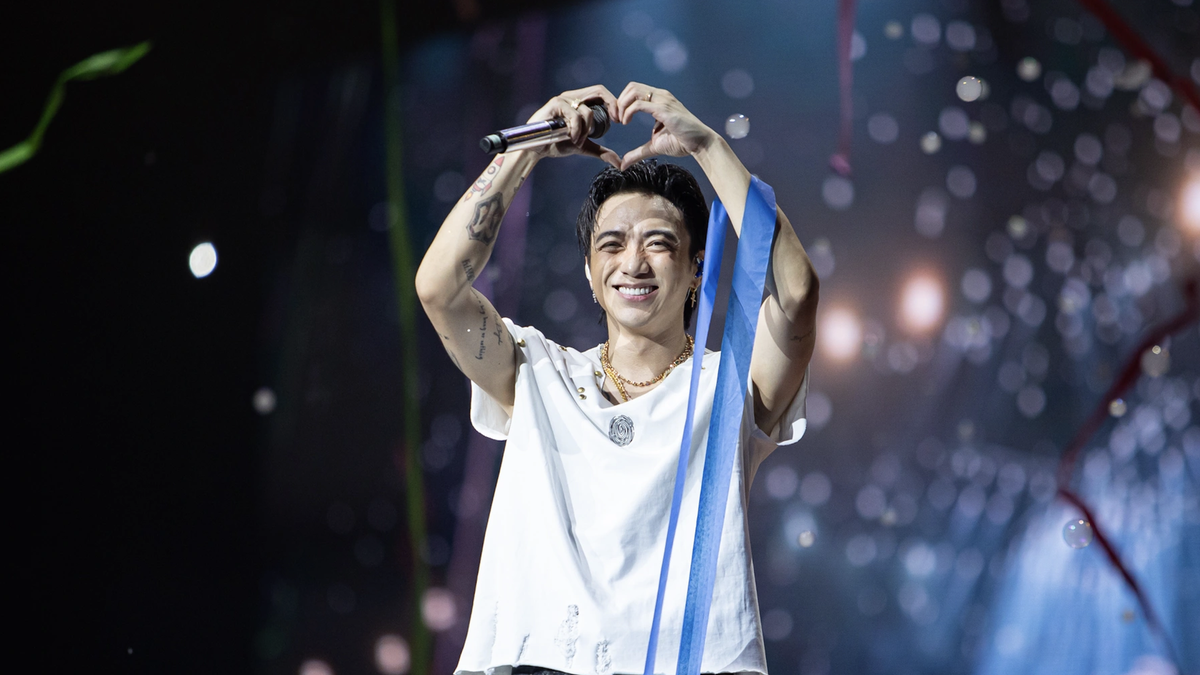
![[Photo] Hungarian President begins official visit to Vietnam](https://vphoto.vietnam.vn/thumb/1200x675/vietnam/resource/IMAGE/2025/5/27/ab75a654c6934572a4f1a566ac63ce82)


![[Photo] Vice President Vo Thi Anh Xuan, French President Emmanuel Macron and his wife visit Hanoi University of Science and Technology](https://vphoto.vietnam.vn/thumb/1200x675/vietnam/resource/IMAGE/2025/5/27/267b6f2bdf3e46439f081b49f6ec26b1)
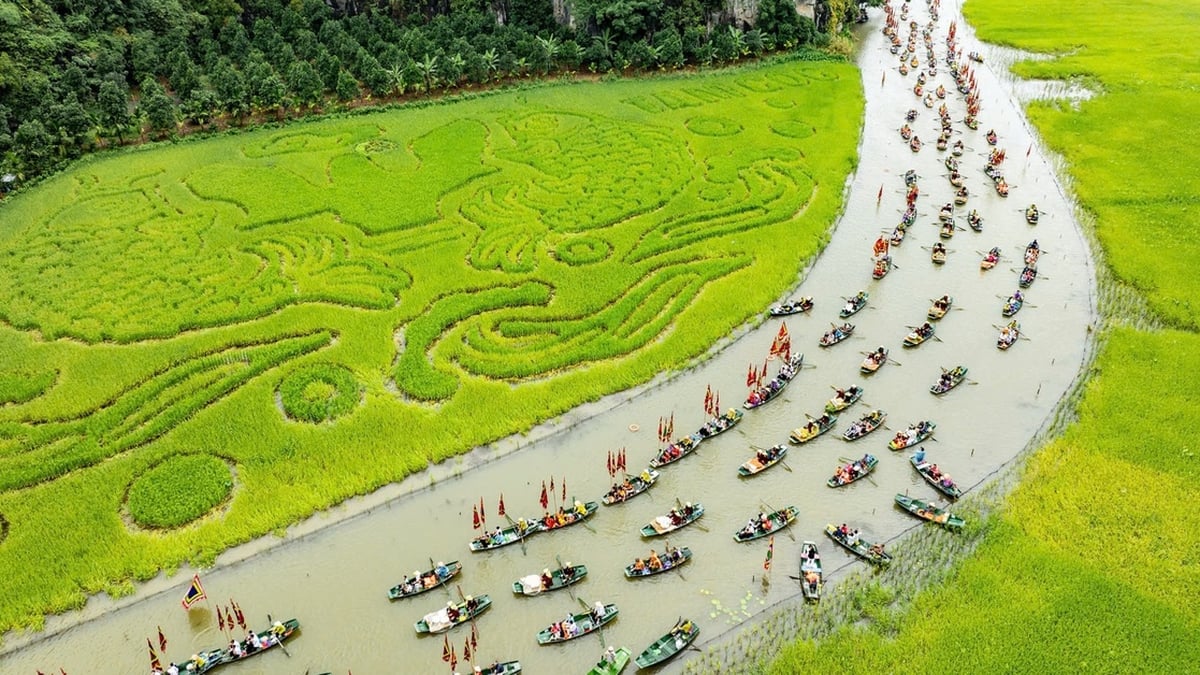
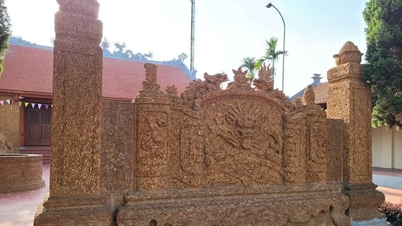
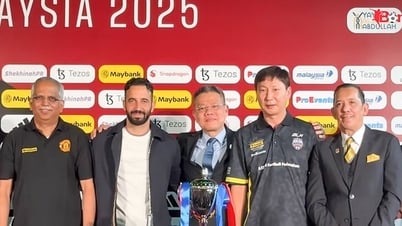



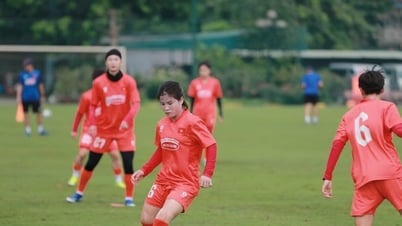
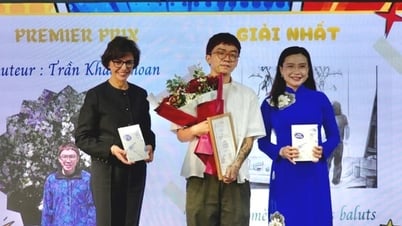
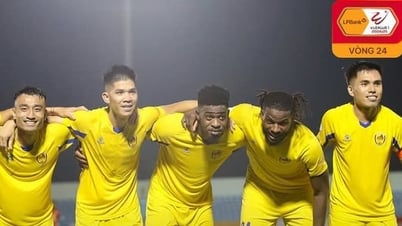




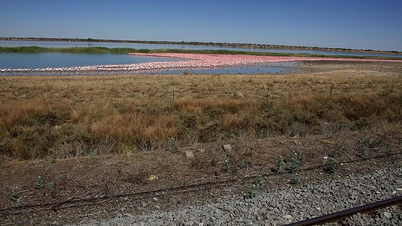
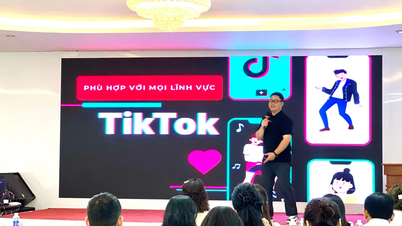
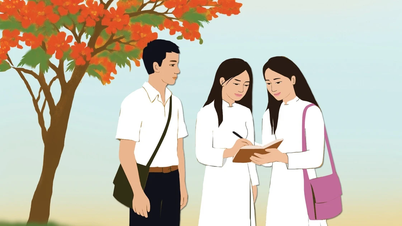
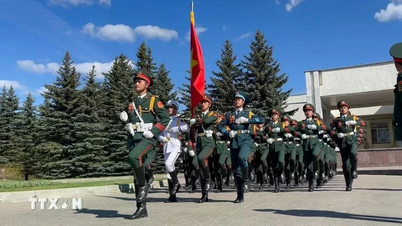
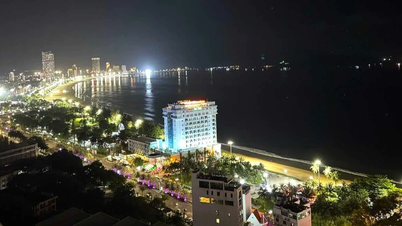
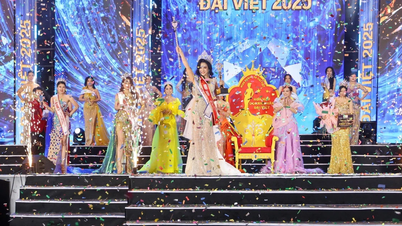
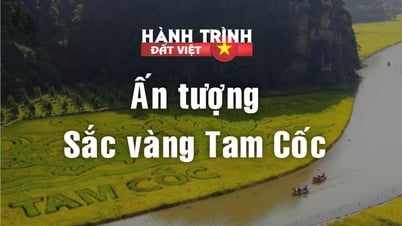

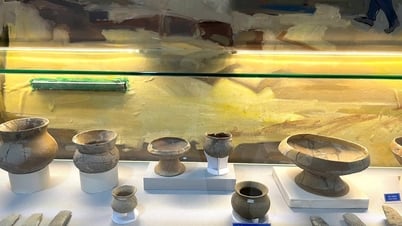

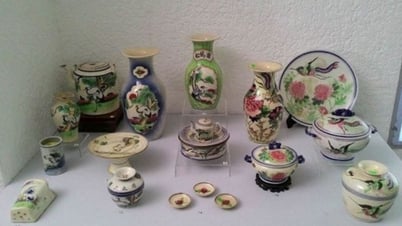

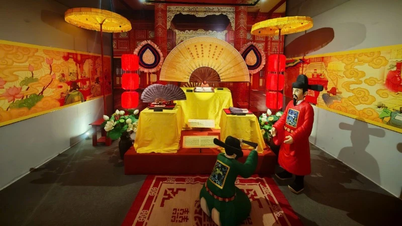

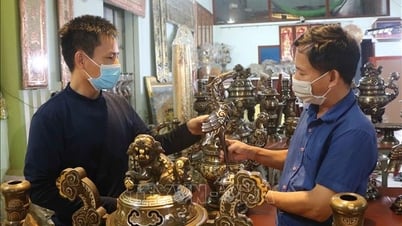
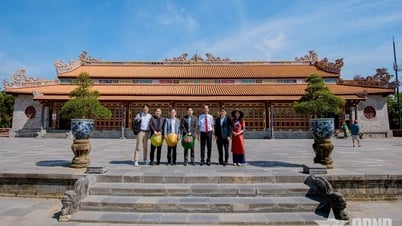

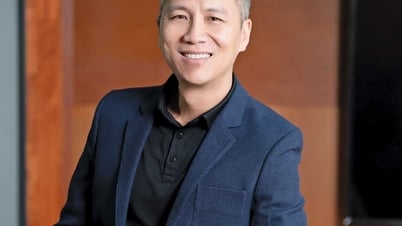

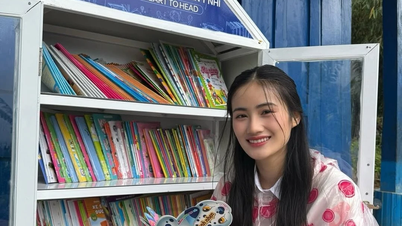

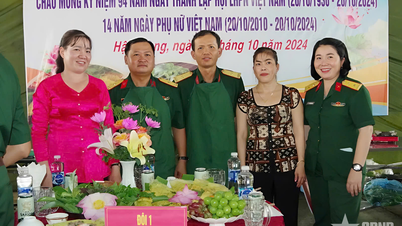
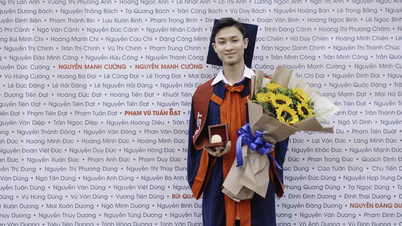

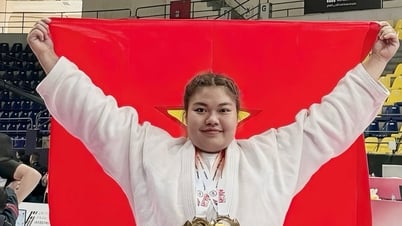

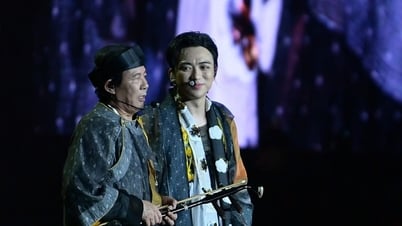
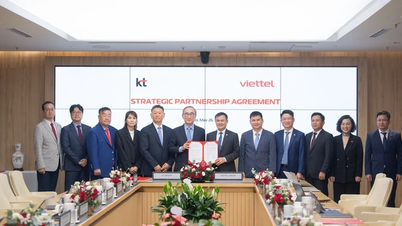
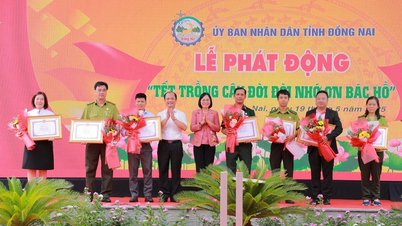
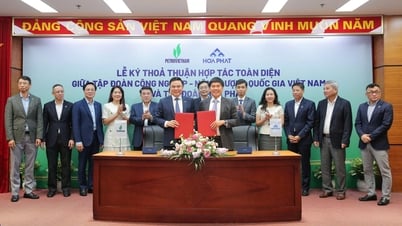

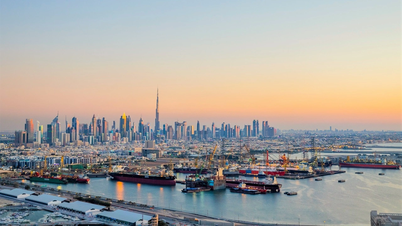

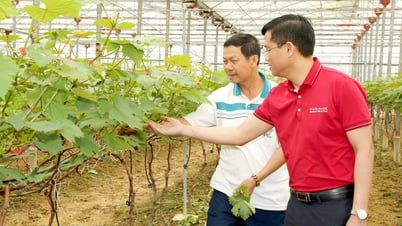


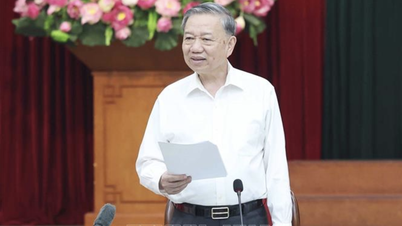
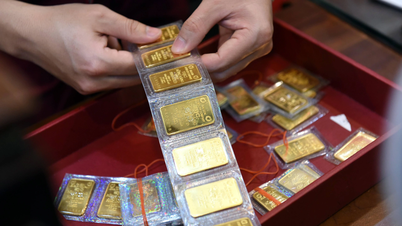
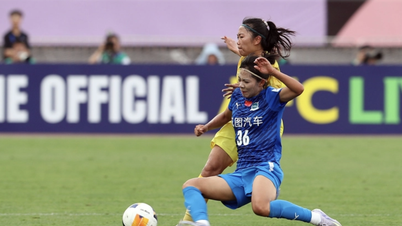
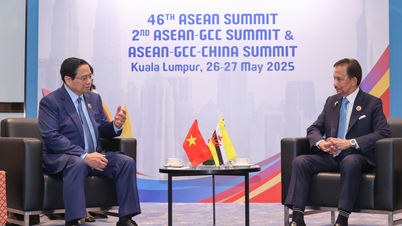

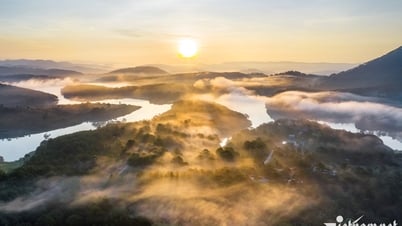
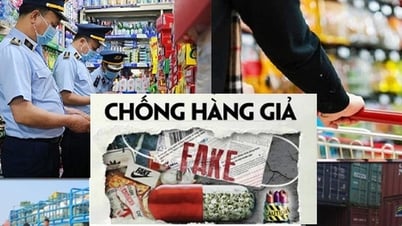

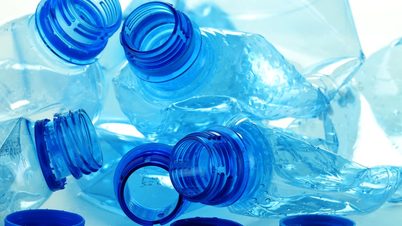

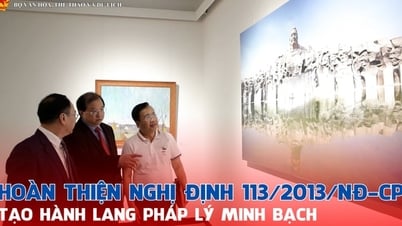
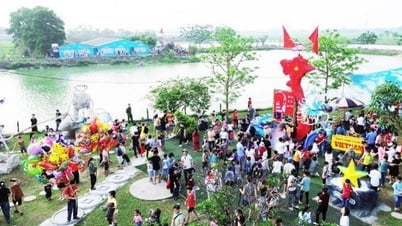
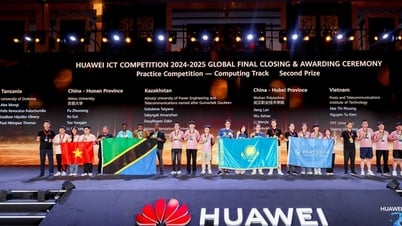

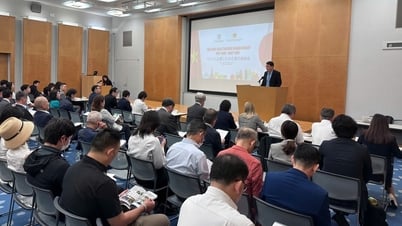
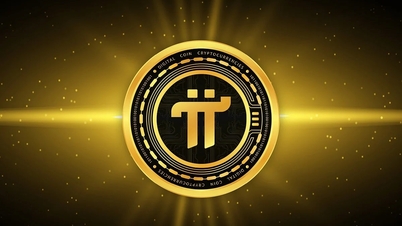

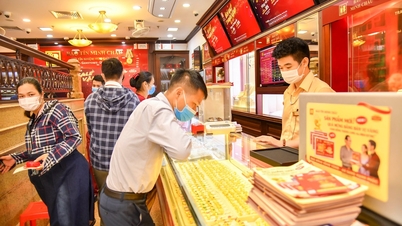
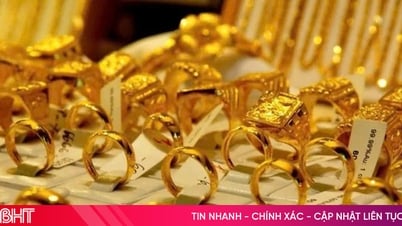

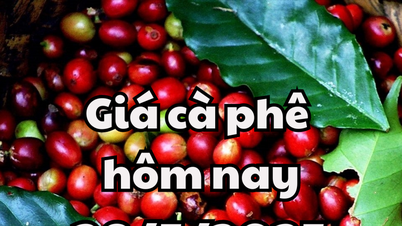
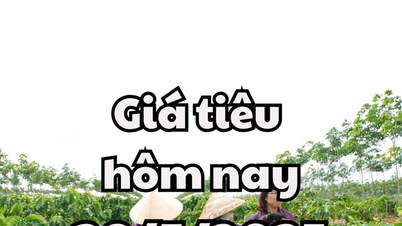
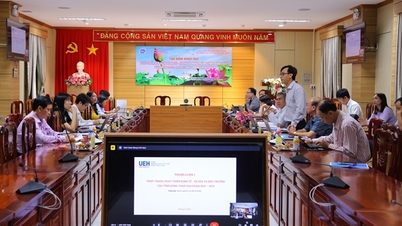
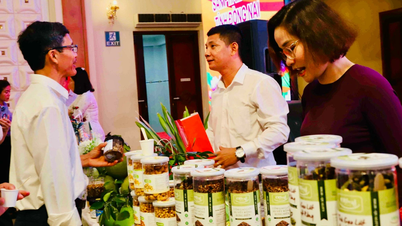

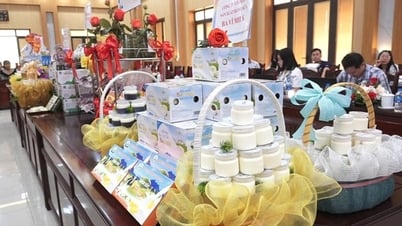
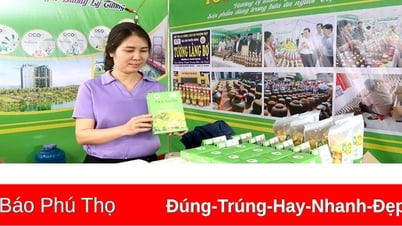

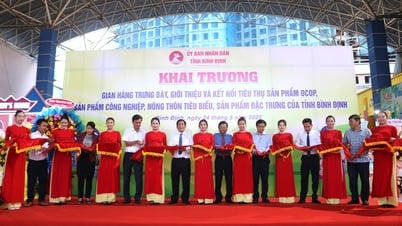

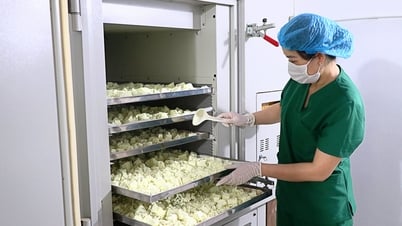



Comment (0)